Luxury pure electric compact cars are failing, can NIO Firefly succeed?
![]() 11/27 2024
11/27 2024
![]() 541
541
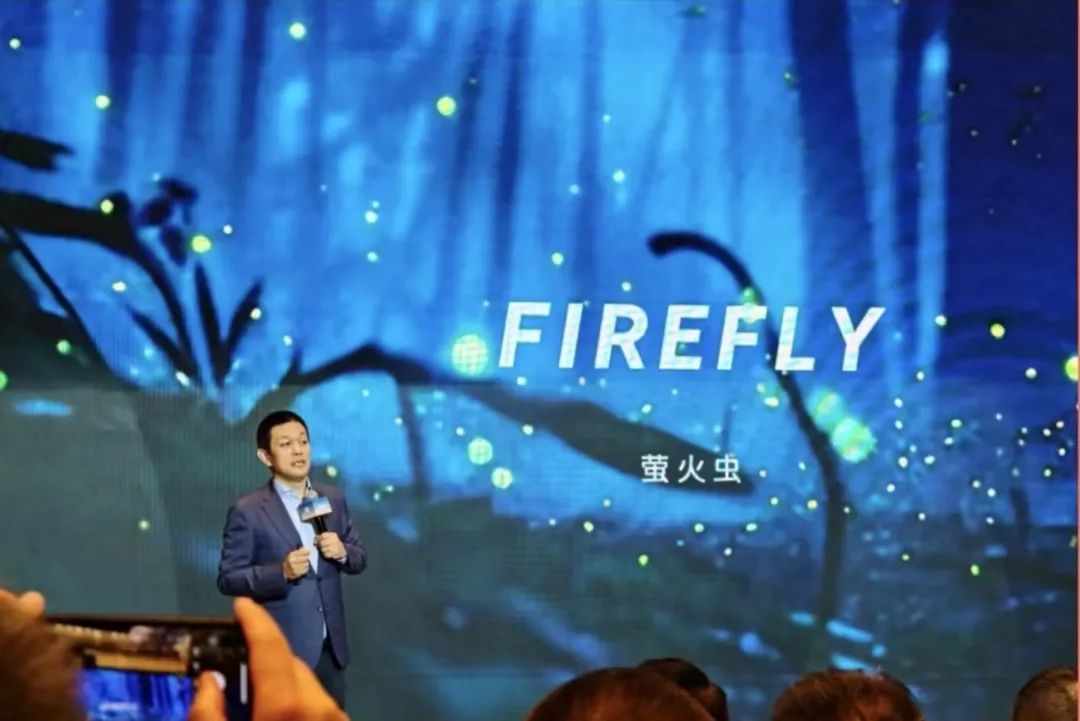
Introduction
Introduction
There has yet to be a "hit" among luxury pure electric compact cars.
Building cars is difficult, and building high-end pure electric vehicles is even more challenging.
In this way, NIO has trudged through nearly 4,000 days and nights with a heavy load. And just this week, this player, who has long enjoyed high visibility while facing various doubts, has reached a milestone of its tenth anniversary.
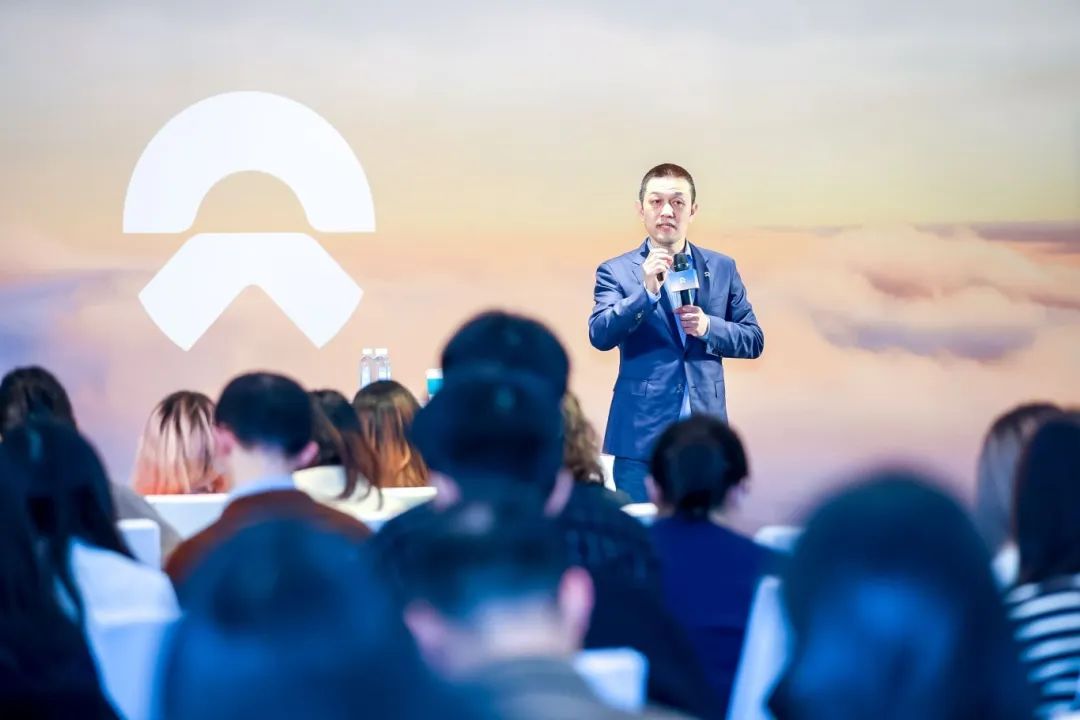
Whether acknowledged or not, due to its scarcity and irreplaceability, the protagonist of today's article has left a profound mark in the history of China's automotive industry.
Of course, rationally and objectively speaking, ten-year-old NIO is not flawless. There is still a long way to go before it truly matures, and even a slight mishap could send it spiraling into a abyss.
It is precisely against this backdrop that Li Bin, the helmsman, issued an internal letter. In addition to thanking all employees for their contributions and many users for their support, the letter primarily serves as a wake-up call, with words of wisdom that are harsh but beneficial.
"We are currently in the most intense and brutal phase of the qualifying round for the smart electric vehicle industry. In two or three years, only a few outstanding companies will survive."
"In the face of higher-dimensional competition, there can be no weaknesses, nor can there be a quick victory. To qualify for the finals, we must achieve two things: stay true to our original aspirations and focus on action."
"Doubling sales in 2025 and achieving corporate profitability in 2026 are mission-critical tasks that cannot be compromised."
These three simple sentences undoubtedly outline the current situation facing NIO and the goals it needs to achieve, from the macro to the micro level. Among them, the immediate task is to double sales next year.
Luxury pure electric compact cars struggle to become hits
If NIO ultimately delivers around 230,000 new vehicles this year, that number will double to 460,000 next year. Frankly speaking, relying solely on "pure electric" technology to achieve this goal will be quite challenging.
But, once the arrow is shot, there is no turning back.
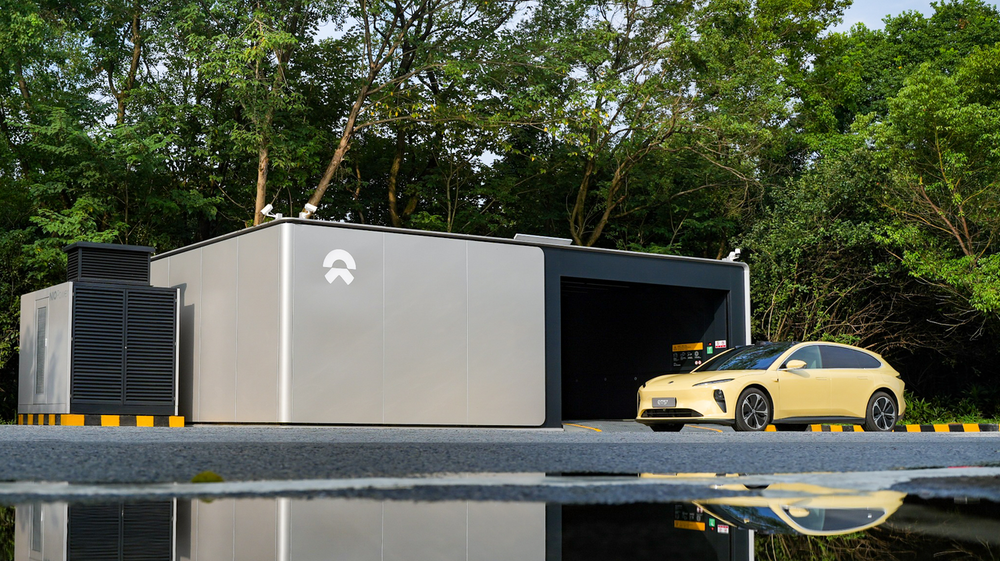
Now that Li Bin has set his flag, to avoid another humiliating setback, he requires all brands under NIO, including the main brand NIO, the second brand Ledao, and the recently announced third brand Firefly, to go all in.
Breaking it down, based on some spoilers currently available, the main task for the NIO brand next year will focus on launching the flagship ET9 from the NT3 platform and gradually and orderly transitioning multiple current products on the NT2 platform, including maintaining the "premium" brand positioning.
The second brand, Ledao, will focus on ramping up production of the L60 and subsequently launching a series of large five- and six-seater pure electric SUVs to compete with the Li Auto L7 and L8, including rapidly increasing overall production.
In contrast, the task for the third brand, Firefly, is more straightforward: to ensure that its first product, the luxury pure electric compact car "Firefly," which shares the same name as the brand, gains a firm foothold in China's new energy vehicle market.
In the following sections, I want to delve deeper into the situation faced by this new member, which will be unveiled at another NIO Day on December 21st, Beijing time.
In other words, is there a future for luxury pure electric compact cars in China?
Regarding the answer, let's first look at the sales figures of two major competitors from both joint venture and domestic brands for reference. In October, the smart #1, with a starting price of 154,900 yuan, sold 2,569 units, while the ZEEKR X, with a starting price of 149,000 yuan, sold 1,208 units.
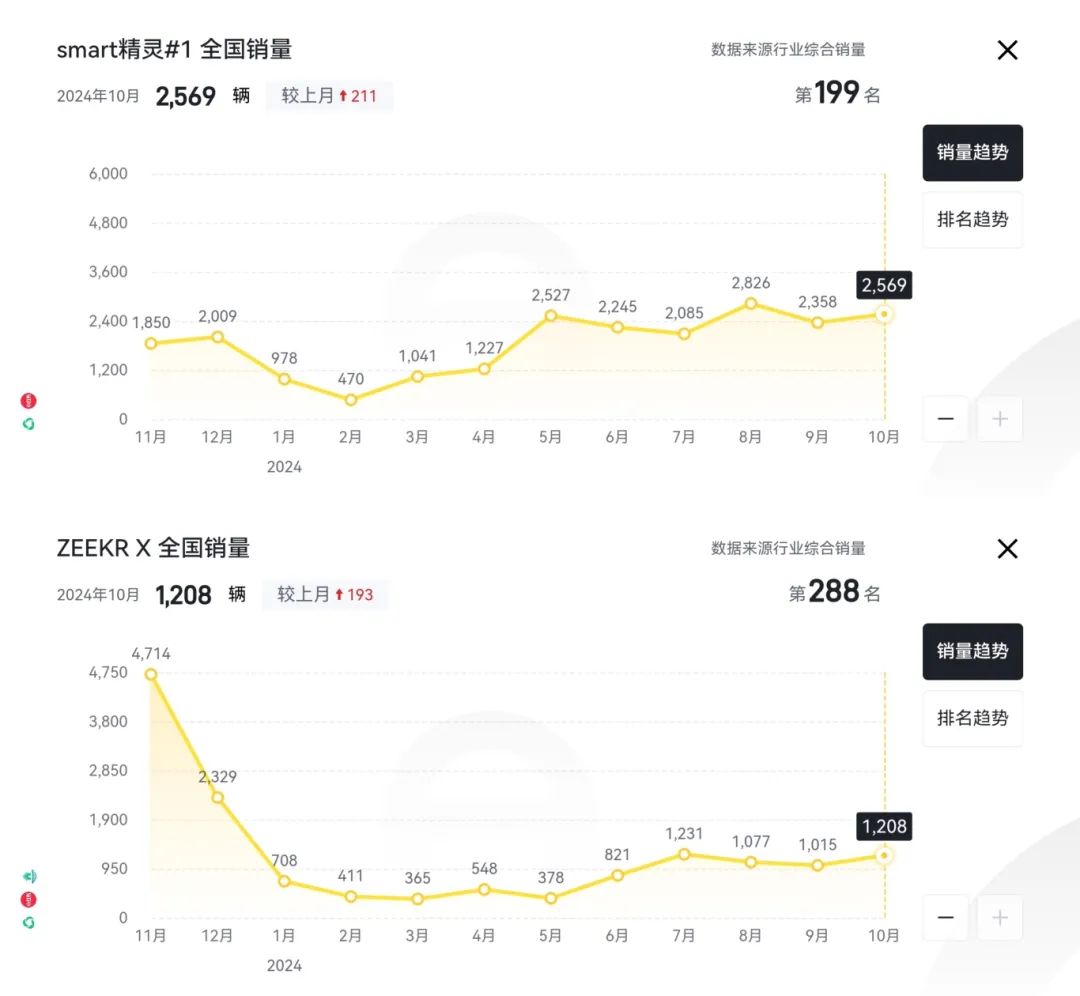
Obviously, the glaring numbers don't lie; this is the current situation. The terminal performance of both has remained at a similar level this year, without causing much of a splash. As an observer, one can sense that people find it difficult to "empathize" with these cars.
The reason behind this is easy to understand.
Most Chinese people prefer "large cars" and value the gene of "cost-effectiveness," which is deeply ingrained in their DNA. When spending 150,000 yuan on a new energy vehicle, one can easily choose from nearly 5-meter-long sedans and SUVs. Why would anyone choose an expensive luxury pure electric compact car with limited practicality?
Perhaps some potential customers who are choosing a second or even third car for their family might consider it, but the bigger question is how many such groups exist?
Anyway, due to various limitations, it always feels like luxury pure electric compact cars will struggle to become hits in China and will remain lukewarm. For automakers, they are somewhat "tasteless to eat but a pity to discard," serving more as a supplement to enrich their product line.
By now, some readers may argue, "BYD Seagull sells over 50,000 units a month, isn't it also a luxury pure electric compact car? Don't make excuses for your own shortcomings."
In response, I attempt to refute: "Discussing sales volume without considering price is dishonest. The BYD Seagull, with a starting price of 69,700 yuan, definitely does not fall into the category we are discussing."
More bluntly, when the trait of being "cheap" becomes increasingly prominent, there is a vast market for pure electric compact cars, but not for luxury pure electric compact cars.
And as soon as "Firefly" enters the market, it faces an uphill battle.
Will BaaS Be Its Ace in the Hole?
Recently, information about the "Firefly" product has been flooding various social media platforms.
In summary, its exterior design embodies individuality and fashion. The short front and rear overhangs and long wheelbase ensure ample passenger and driving space.
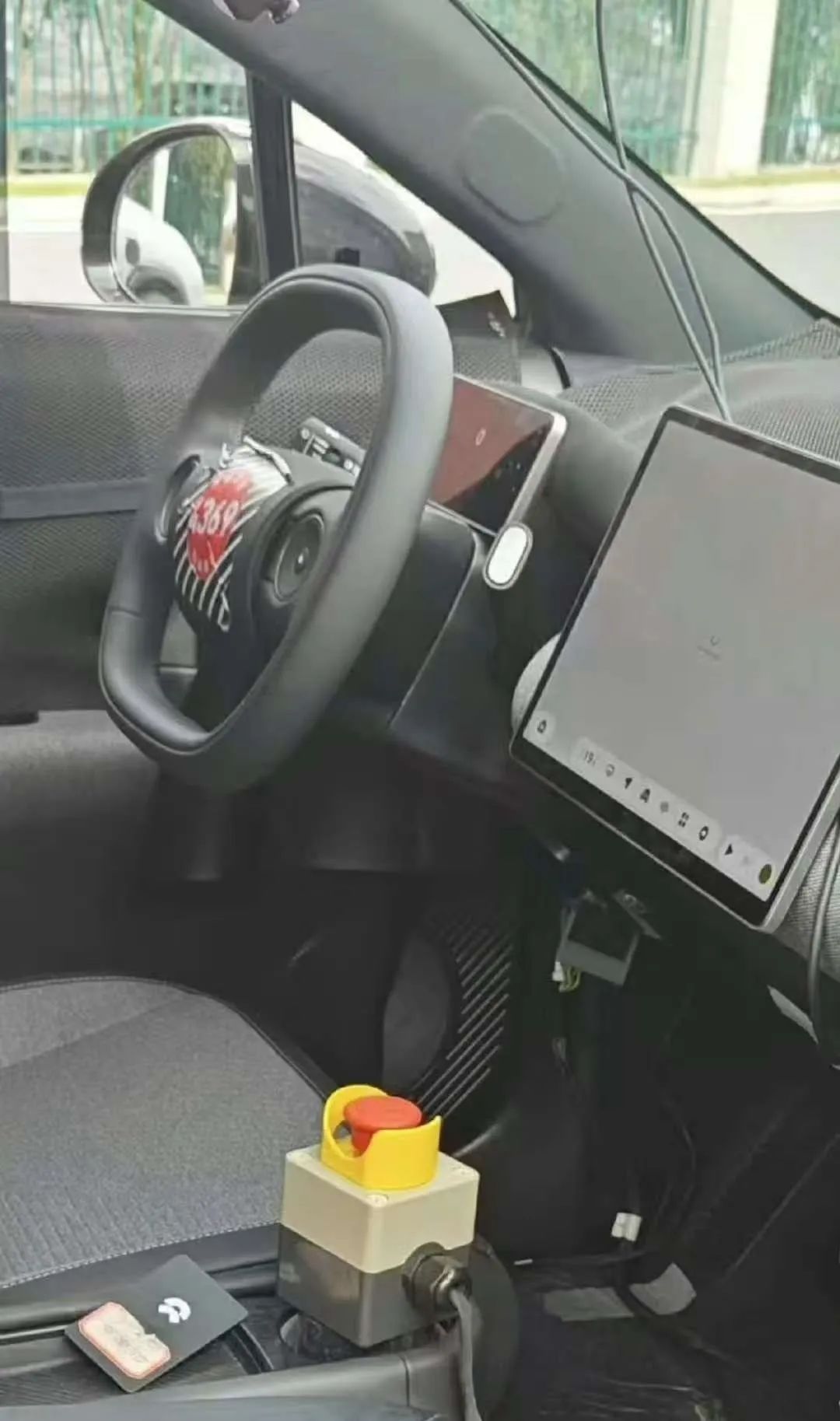
The interior differs slightly from Ledao's "minimalist style," appearing more "NIO-like." Autonomous driving is not expected to be its strength, but it will support highway pilot assistance.
As for the timeline, after the NIO Day announcement at the end of this year, deliveries will commence in the first half of next year. Based on general outside predictions, the price of the "Firefly" will be around 150,000 yuan, maintaining the "baseline" for luxury pure electric compact cars.
However, in my view, as stated in the subtitle of this paragraph, because it is a brand under NIO that adheres to the energy replenishment method of "chargeable, swappable, and upgradable," it also means that the BaaS (Battery as a Service) vehicle-battery separation purchase plan is highly likely to be available.
Imagine that after purchasing the car with a "battery rental" option, the starting price of the "Firefly" can further drop to around 100,000 yuan, with a monthly battery rental fee of about 300 yuan.
With the significantly lowered entry threshold, it is expected to attract many potential customers who are holding back. After all, the effectiveness of this sales model has already been proven on the Ledao L60, which has also entered the mainstream segment.
After adopting BaaS, the direct competitors of "Firefly" instantly shift from luxury pure electric compact cars like the smart #1 and ZEEKR X to more affordable pure electric compact cars like the BYD Dolphin and Wuling Bingo, significantly expanding its audience and corresponding demand.
In this new competition, the "Firefly," backed by the NIO brand, may find that its brand becomes an added bonus.
Moreover, it should be noted that unlike Ledao, which has invested significant human, material, and financial resources to independently build its sales channels and needs time to educate consumers about its identity, the "Firefly" will be sold directly within NIO Houses, adopting a "light asset" sales model. In terms of order conversion, vehicle visibility, and channel penetration, relying on NIO's existing stores is expected to be more efficient.
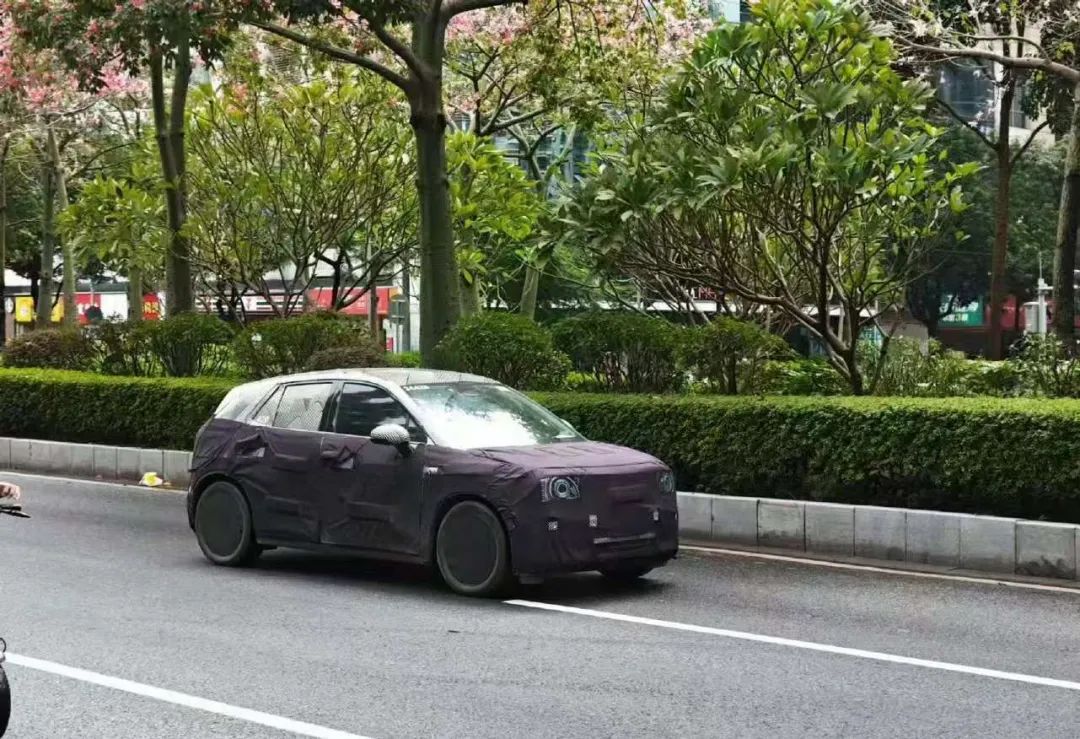
Of course, while discussing the advantages of this new car, there are still some doubts and concerns about the "Firefly."
For example, the battery specifications it uses do not seem to be compatible with those of NIO or Ledao. This means that separate battery swapping stations need to be built for it.
Although rumors suggest the use of smaller, lower-cost container-type battery swapping stations, from a user experience perspective, widespread deployment will undoubtedly take time.
Correspondingly, from the perspective of corporate development, building new stations inevitably means additional expenses, and "provisions" are precisely what NIO currently lacks. Due to the inability to reuse the energy replenishment system, this new energy vehicle startup will have to bear a significant cost.
I have not fully understood the strategy and approach for this part. Could it be that battery swapping is not a top priority in the "Firefly"'s energy replenishment sequence? Is it just a gimmick to enable BaaS vehicle-battery separation?
Switching perspectives, another challenge facing the "Firefly" is production capacity. While it is reluctant to admit, the entire NIO manufacturing end tends to encounter various issues. The "Firefly" is confirmed to roll off the production line at its fourth factory in Chuzhou, Anhui.
With a new model and a new factory, it remains to be seen if NIO is prepared this time around with these double buffs stacked.
At this point, the article is gradually coming to a close, and I want to pose one final question: What do you consider a passing grade for the steady-state sales volume of the "Firefly"?
After a moment of reflection, my answer is 5,000 units...








